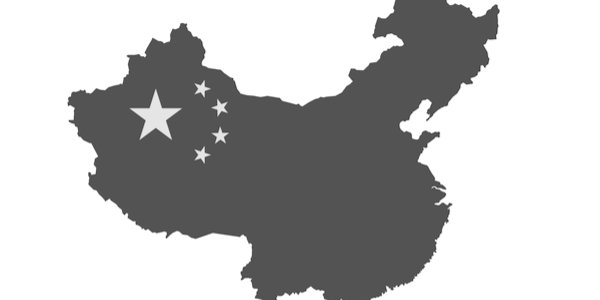YOU can have your own opinions, but not your own facts. Certain types of information are accepted, such as the tallest mountain or the names of countries and capital cities. But what about population figures? The total living in the UK, for example, depends on whether illegal immigrants and visa over-stayers are included in the estimate. Demographic data are political.
Recently India overtook China as the most populous country in the world. The Chinese roll almost doubled in three decades after the People’s Republic was founded in 1949, rising from 540million to 969million in 1979, three years after Chairman Mao’s death. The Chinese Communist Party boasted of the strength of its army, the largest workforce in the world, as a bulwark against American imperialism.
It is easy to forget that China had until recently a largely impoverished and illiterate populace, living off the fields or fishing in dhows. The 1988 edition of the Economist guide to doing business in China, as Deng Xiaoping was opening the economy to foreign investment, stated that over 70 per cent still lived in the countryside, and that the population was young (ominously, the book mentioned an active student movement, which was quashed at Tiananmen Square a year later). The birth rate rose from 1.8 per cent to 2.1 per cent in 1986 alone. How China has changed!
As China passed the billion mark, a one-child policy was imposed. The average offspring per woman was 1.66 throughout the period of official restriction, below the replacement level of 2.1, thus slowing population growth. But now the birth rate is down to one per woman. The ageing society has fewer entrants, the 9million births in 2023 half the total in 2017. Deaths overtook births three years ago, and the Chinese population has gone into reverse. According to Macrotrends the total in 2021 was 1,425,887,337, and the latest count for 2025 is down to 1,424,381,924 – a drop of one-and-a-half million.
India’s annual increase has slowed to less than one per cent, and its population level is expected to peak around 2060. Meanwhile over half of European countries are now in negative growth, although the UK and other large economies continue upwards due to mass immigration. Researchers at the Shanghai Academy of Social Sciences predict that China’s population will halve by the end of the century, falling to 525million.
Controversially, some analysts believe that China never surpassed a billion, and that the communist state has persistently exaggerated the number of people. How so?
In the 1990s China was establishing itself as the workshop of the world, and millions of people were drawn to eastern cities from the rural hinterlands. Many villages were abandoned, and as farming discontinues, desertification is changing the landscape. Mega cities have been built, with citizens living in high-rise apartment blocks, near the factories that export all kinds of goods to the West, from electronics to MAGA baseball caps.
A major fault in the official population figure is duplicate registration. Hundreds of millions may have been counted twice, due to their rural identity remaining after they moved to an urban area. Financial incentives and social security qualification encourage people to retain a particular status such as student. Deaths are not always recorded. For various reasons, researchers such as Li Fuxian of Wisconsin-Madison University and author of Big Country with an Empty Nest, speculate that the real population of China is hundreds of millions lower than the official figure.
I cannot verify such assertions, but the rulers in Peking are not averse to propaganda. Whatever the truth, undoubtedly China is facing serious demographic challenges, exacerbated by a looming economic downturn. Donald Trump’s 145 per cent tariffs on Chinese imports will bite hard. Already protests are sweeping across China’s industrial cities as workers are denied pay and factories suddenly close. Goldman Sachs predicts up to 20million job losses.
China is becoming a pressure cooker, with multitudes from a rural background left jobless and unable to make ends meet. This is a big test for the communist regime. Potential uprising is likely to be brutally suppressed.
Some major new cities are deserted, with swathes of empty housing projects built on speculation. Precincts and dual carriageways have an apocalyptic atmosphere. Indicators such as domestic salt consumption suggest a rapidly declining population. The change is dramatic, and recent. Where have all the people gone? Perhaps the Chinese coronavirus vaccine is a factor.
Why would the Chinese state continue to claim 1.4billion inhabitants? In my book Green in Tooth and Claw I explain the population paradox of people and power. Since the 1960s ‘green’ ideology has cast humans as polluters of the planet, and the depopulation agenda is sometimes overtly expressed. At the same time, Western nations have opened their borders to Asians and Africans, causing overcrowding in countries where the population would otherwise be stable or falling. How is building bigger cities and covering green land in concrete ‘green’?
The paradoxical strategy of the globalists is to get ordinary people to feel and suffer from the effects of overpopulation. Only then will they support dystopian interventions to control the number. In China, as unemployment soars, people will conclude that 1.4billion is too many. Commentators on the new world order suggest that communist China was established as a laboratory for technocracy. It was first with the social credit system. Will it also be first to tackle what Yuval Noah Harari of the World Economic Forum would describe as the ‘useless eaters’?











